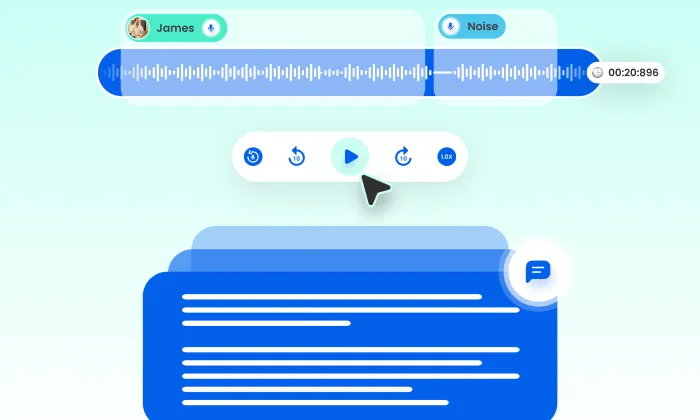How is annotation consistency maintained in large speech projects?
Speech Annotation
Data Quality
Project Management
At FutureBeeAI, our commitment to annotation consistency underpins every successful Automatic Speech Recognition (ASR) and conversational AI deployment. We understand that maintaining high-quality, consistent annotations is crucial for training effective models, especially in large-scale speech projects like call center datasets. Here's how we ensure annotation consistency, highlighting our technical methods and best practices.
Quick Summary
- Key Metrics: Use inter-annotator agreement metrics.
- Tools: Leverage our Yugo annotation platform for quality assurance.
- Guidelines: Implement robust annotation guidelines and training.
- Privacy: Ensure data privacy with PII detection and redaction.
Defining Annotation Consistency for Reliable Speech AI
What is Annotation Consistency?
Annotation consistency ensures that all data is labeled uniformly across a dataset. In speech projects, this means each segment is transcribed, segmented, and tagged in line with established guidelines, such as labeling sentiments consistently.
Why Does It Matter?
- Model Reliability: Consistent data leads to accurate predictions and reduced Word Error Rate (WER).
- Scalability: Ensures data remains reliable across applications like ASR and sentiment analysis.
- Trust and Compliance: Clients can trust the dataset’s quality and its compliance with industry standards.
Proven Methods to Guarantee Annotation Consistency
1. Standardized Annotation Guidelines
At FutureBeeAI, we develop comprehensive annotation guidelines covering:
- Transcription and Segmentation: Standard formats for handling disfluencies and speaker identification.
- Sentiment and Intent Tagging: Clear criteria for labeling sentiments and intents.
- PII Detection and Redaction: Guidelines for identifying and removing sensitive information.
2. Leveraging the Yugo Annotation Platform
Our proprietary tool, Yugo, facilitates annotation with:
- Multi-tier QA: Combines automated checks and human review to catch inconsistencies.
- Annotation Version Control: Tracks changes and maintains audit logs to ensure guideline adherence.
3. Inter-Annotator Agreement Metrics
We measure annotation consistency. These metrics are crucial for ongoing quality assurance.
4. Annotator Training and Feedback Loops
- Continuous Training: Ongoing workshops and calibration sessions align annotators with guidelines.
- Sampling-Based QA: Random spot checks along with full QA, providing feedback to improve annotator performance.
Navigating Common Annotation Challenges + Best Practices
Challenges
- Speech Complexity: Diverse accents and emotional tones can lead to varied interpretations.
- Scalability: As datasets expand, maintaining quality can be challenging.
Best Practices
- Iterative Feedback: Create a feedback loop for annotators to discuss and resolve challenging cases.
- Diverse Annotator Pool: Ensures varied perspectives and nuanced annotations.
How Consistent Annotations Drive Better ASR & Sentiment Models
Real-World Impact
In our call center speech datasets, consistent annotations have resulted in:
- Improved ASR Accuracy: Clients report a 20–30% reduction in WER.
- Enhanced Sentiment Detection: Systems trained on our data show increased accuracy in sentiment analysis.
Key Takeaways
- Consistent annotations are essential for reliable AI model performance.
- FutureBeeAI’s Yugo platform and guidelines ensure high-quality, compliant datasets.
- Our methods reduce errors and enhance model trustworthiness and scalability.
To empower your AI models with reliable, real-world data, consider contacting us. Our commitment to ethical data collection and annotation ensures you receive the best possible foundation for your AI initiatives.
What Else Do People Ask?
Related AI Articles
Browse Matching Datasets
Acquiring high-quality AI datasets has never been easier!!!
Get in touch with our AI data expert now!








